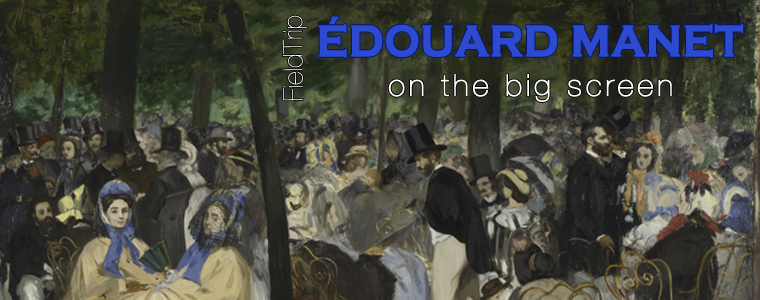Life Portraits
by Jack Simons
I first encountered Édouard Manet while in the army. A friend spread prints of his paintings across a bunk to show me. I had somehow mixed up Manet in my mind with the ever-present Claude Monet — and who could avoid Monet in this modern world? — Christmas cards, public bathroom murals. I had seen Monet often at the Chicago Art Museum, but did not remember seeing Manet.
“No, Manet is better,” my friend said.
I studied the prints. Black is the first thing I noticed, and I found it striking. Manet differs from the impressionists by placing contrasting colors next to one another without blending the hues. He also taught the impressionists the art of finishing a painting with speed–one sitting if possible.
Humanity is the second. Now don’t ask me what I mean by “humanity.” An art critic is never required to define terms, except with equally vague terms, and besides I don’t know what I mean. I know this: I eventually sickened of Monet’s soft blue pastels and fuzzy images, but Manet, never.
This artist may be unknown to you, but Fathom Events recently offered the chance to rectify that with an evening of education and entertainment. Their presentation on April 11 explored “Édouard Manet: Portraying Life,” an exhibition at the Royal Academy of Arts, London, that ran from late January to mid-April this year. This could have been seen at your local theater.
I’m guessing you weren’t there, because fewer than 10 people showed up at the Edwards Valencia Grand Palace Stadium in Valencia, California. The great mass of humanity missed a treat. Now, I know that viewing paintings on a giant screen and having them explained by the kind of intellectuals most never even see — let alone hear talking — might be viewed by many as equivalent to watching paint dry.
Not so. Édouard Manet lived from January 23, 1832 to April 30, 1883. He was a French painter, who provided the bridge between the older art movement, Realism, and its upstart child, Impressionism. After his death, the professional art world understood that he had been the outstanding link between an elder world and the new. Scholars wrote books and museums snatched up his paintings, and the more general dilettante world of casual art lovers came to know and admire his work — I include myself in that group. My Uncle Demas, who raised mules in West Texas, once said: “I may not know art, but I know what I like” — I like Manet.
What was shown in the theater might more properly occupy the time of an undergraduate class in art appreciation. I asked a student I had brought with me —worried, I guess, about the “paint drying” reaction. He said: “I found it fascinating.”
I agree. The only drama present in the exhibition was found in the paintings themselves: an interpretation of a living world by a trained and penetrating mind.
My favorite Manet painting is A Bar at the Folies-Bergère (1882).
I am not a woman, nor have I ever been to the Folies-Bergère, but I have been surrounded by wine, gaiety, and transitory romance and felt exactly the same sadness the woman’s face reveals. Here lies the genius of Édouard Manet, and the value of an event like this.
So much we see and experience each day is transitory, shallow, not worthy of attention, yet it fills our mind and life. Great art is not so. Great art can be viewed, meditated on, and treasured in the heart for life. And great art requires a great artist.
For those who missed it this time, from time to time, Fathom Events will give us all other chances to expand our artistic horizons. I will do my best to take advantage of all of them.



















